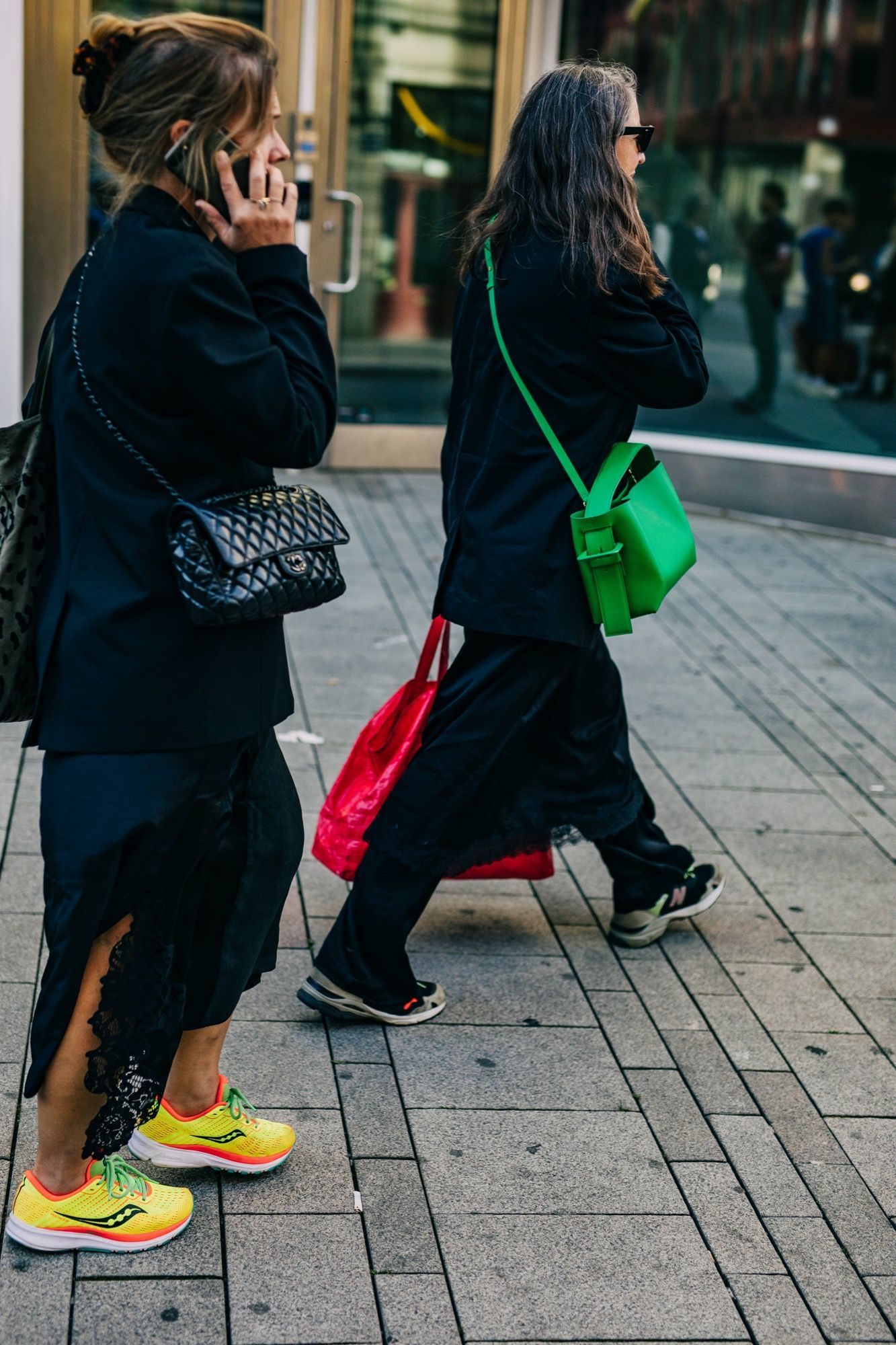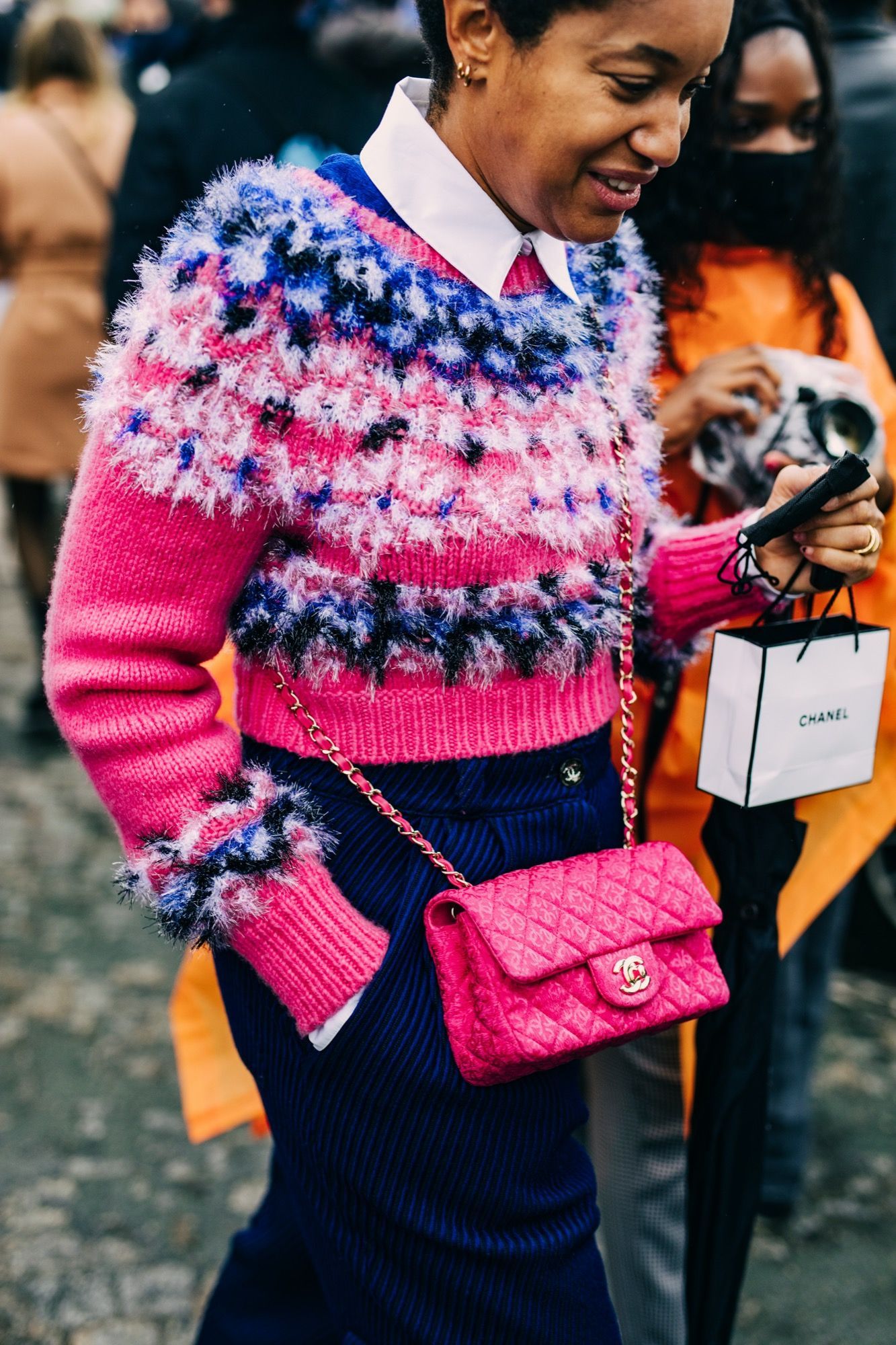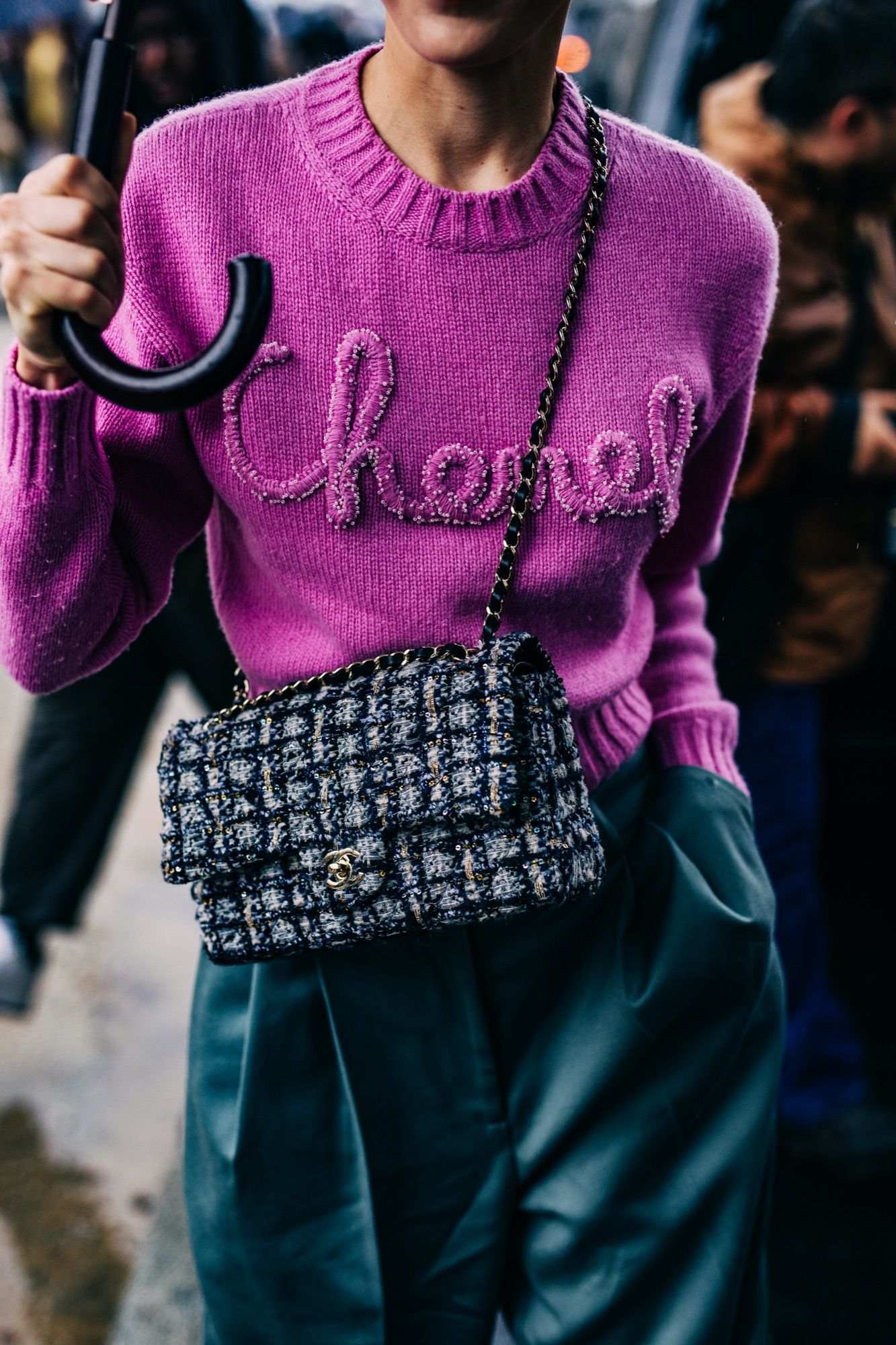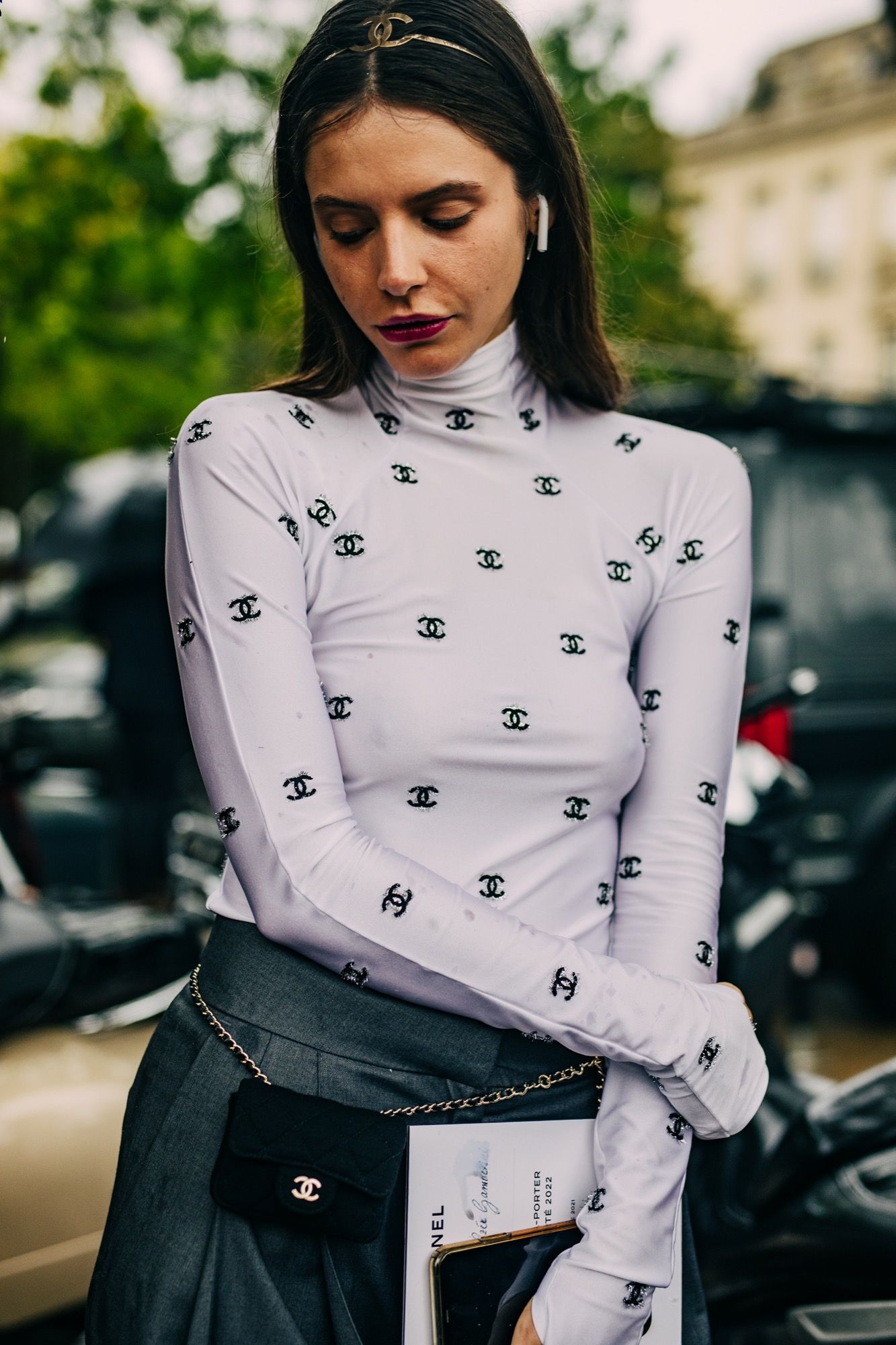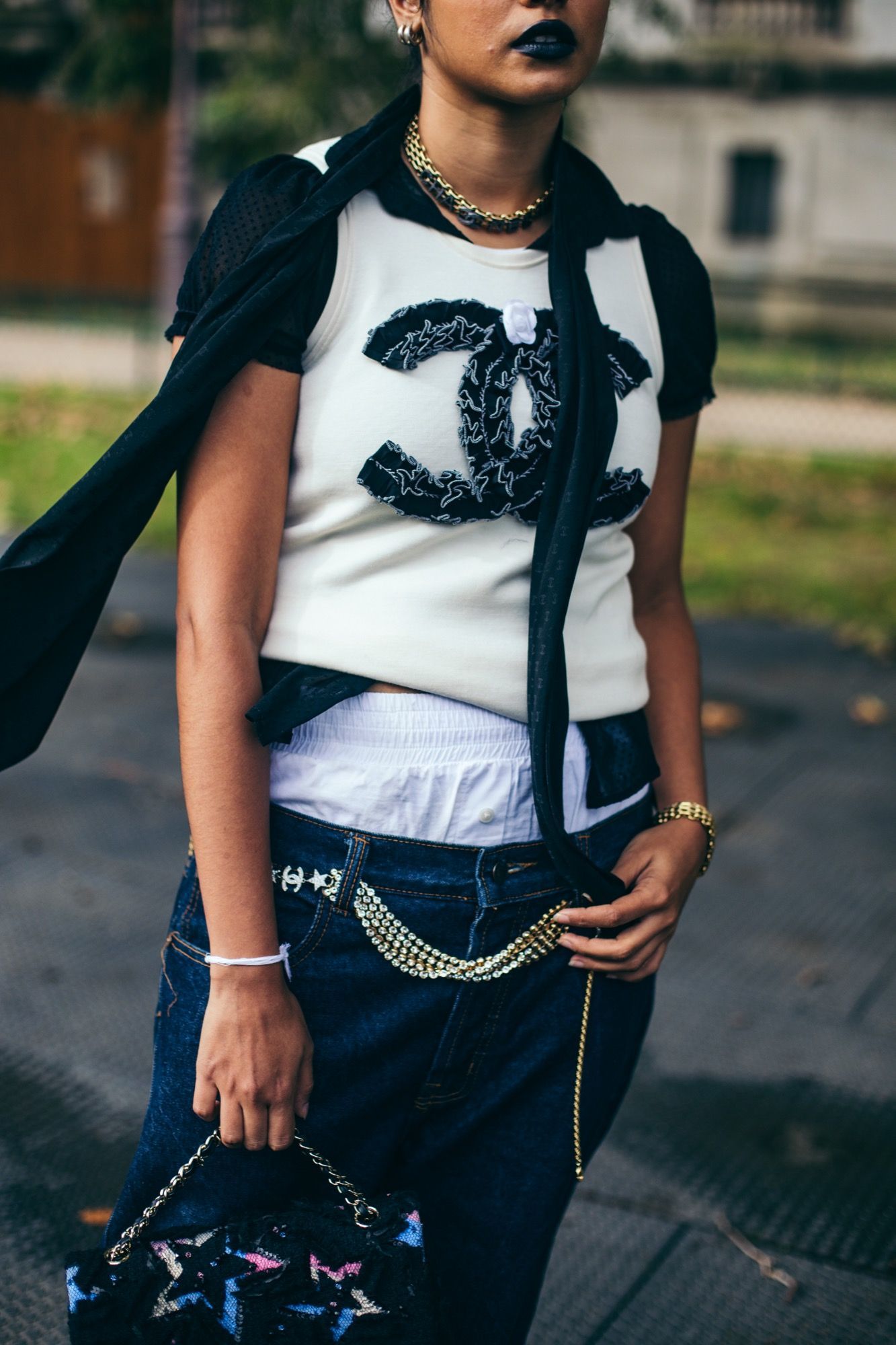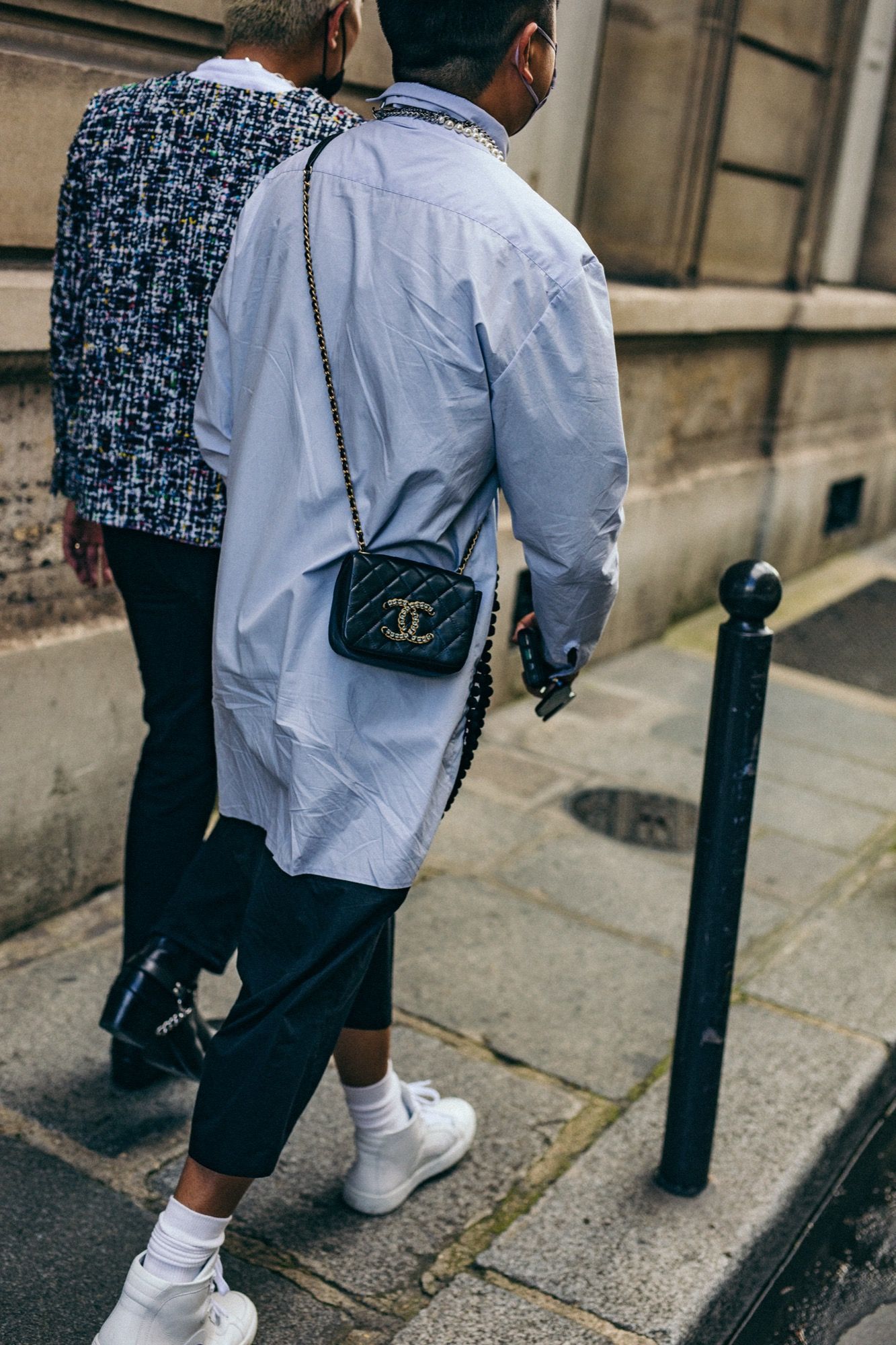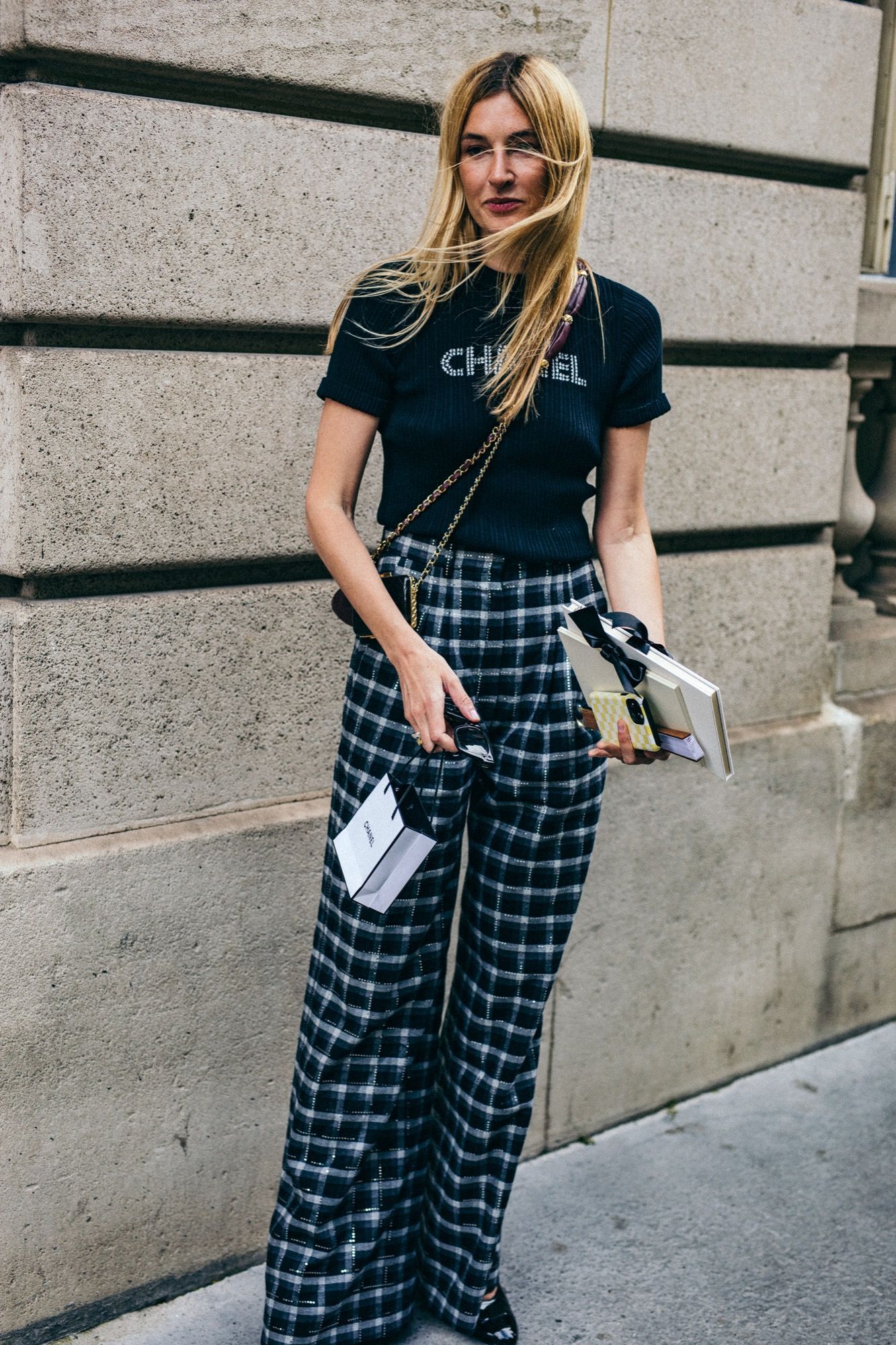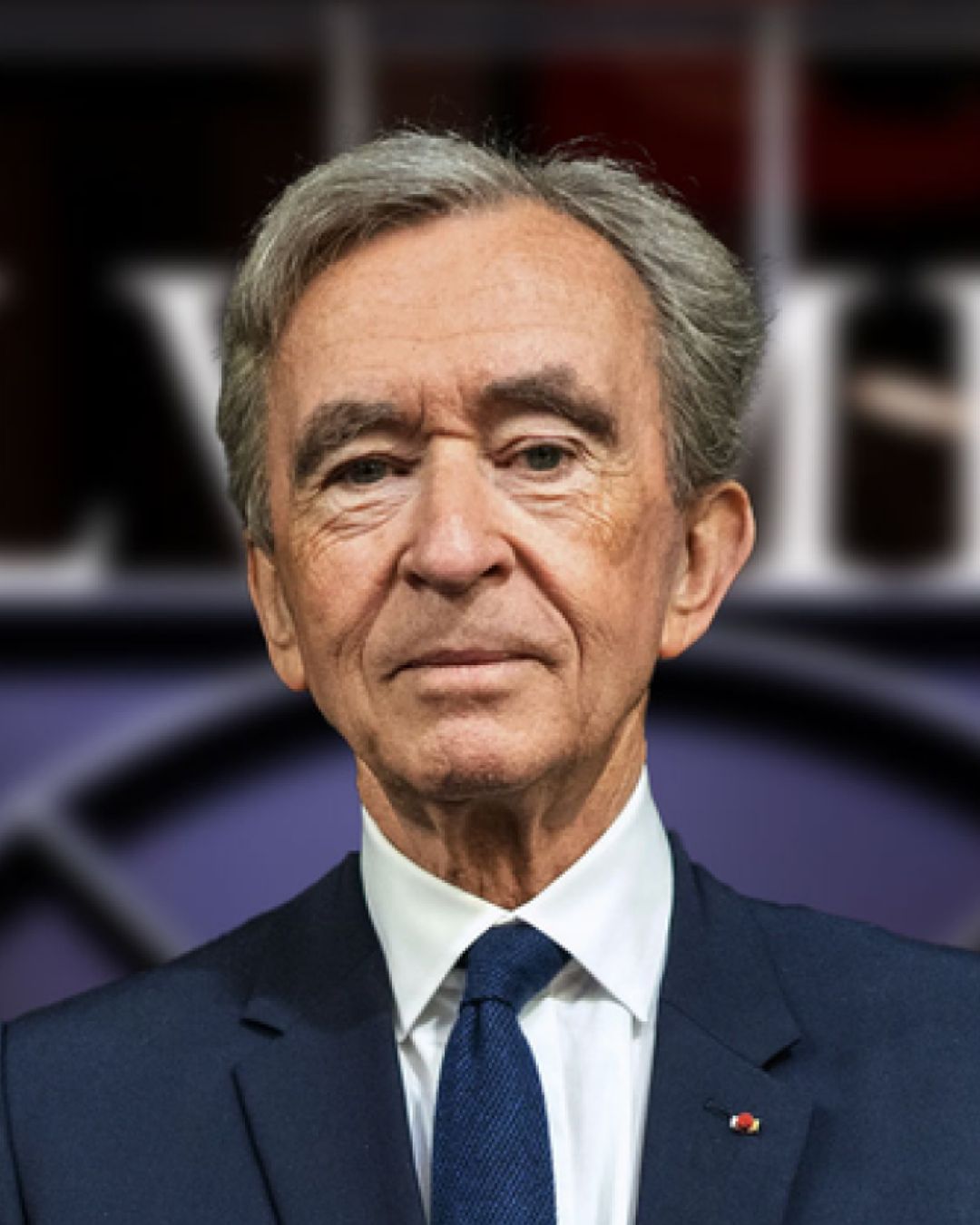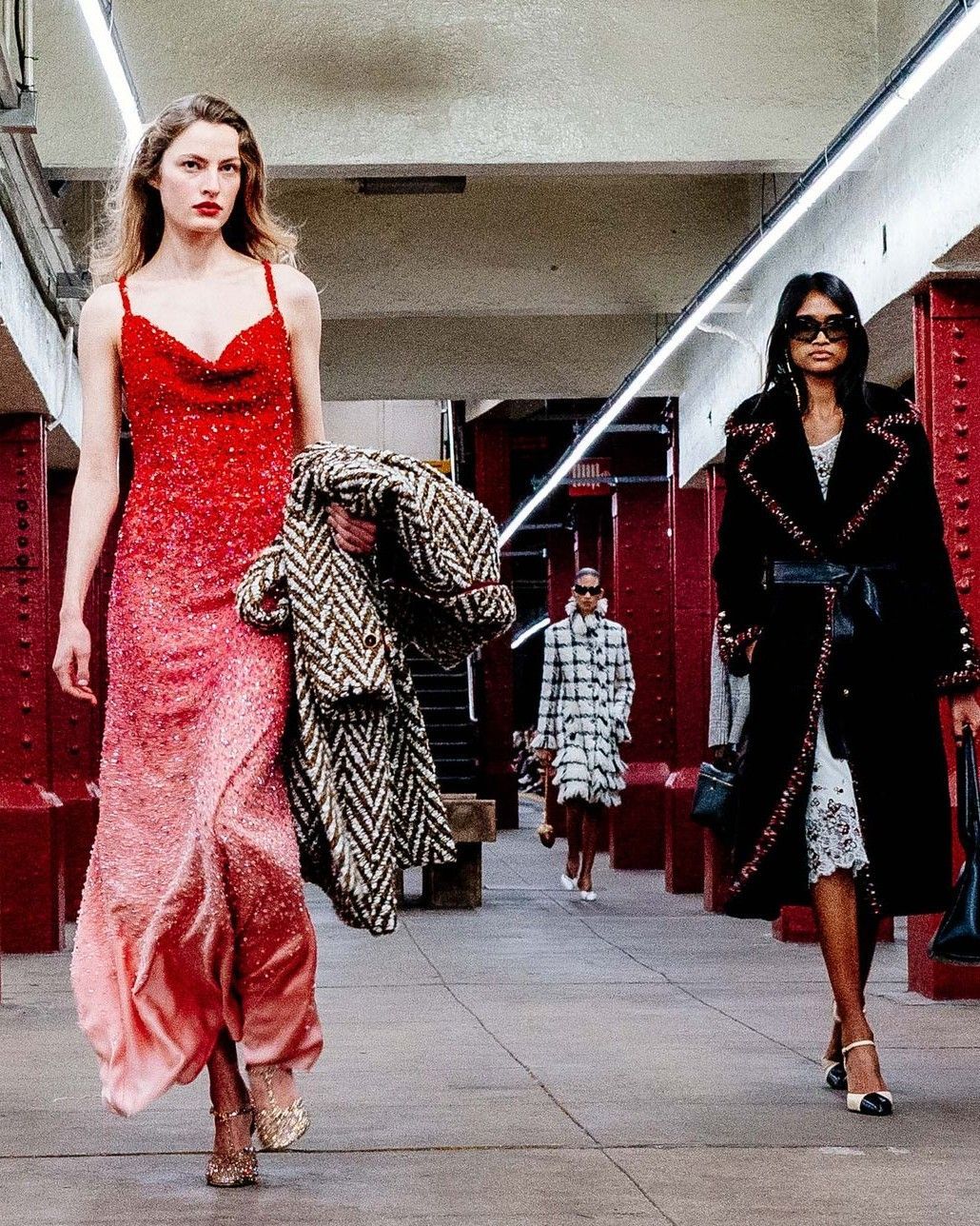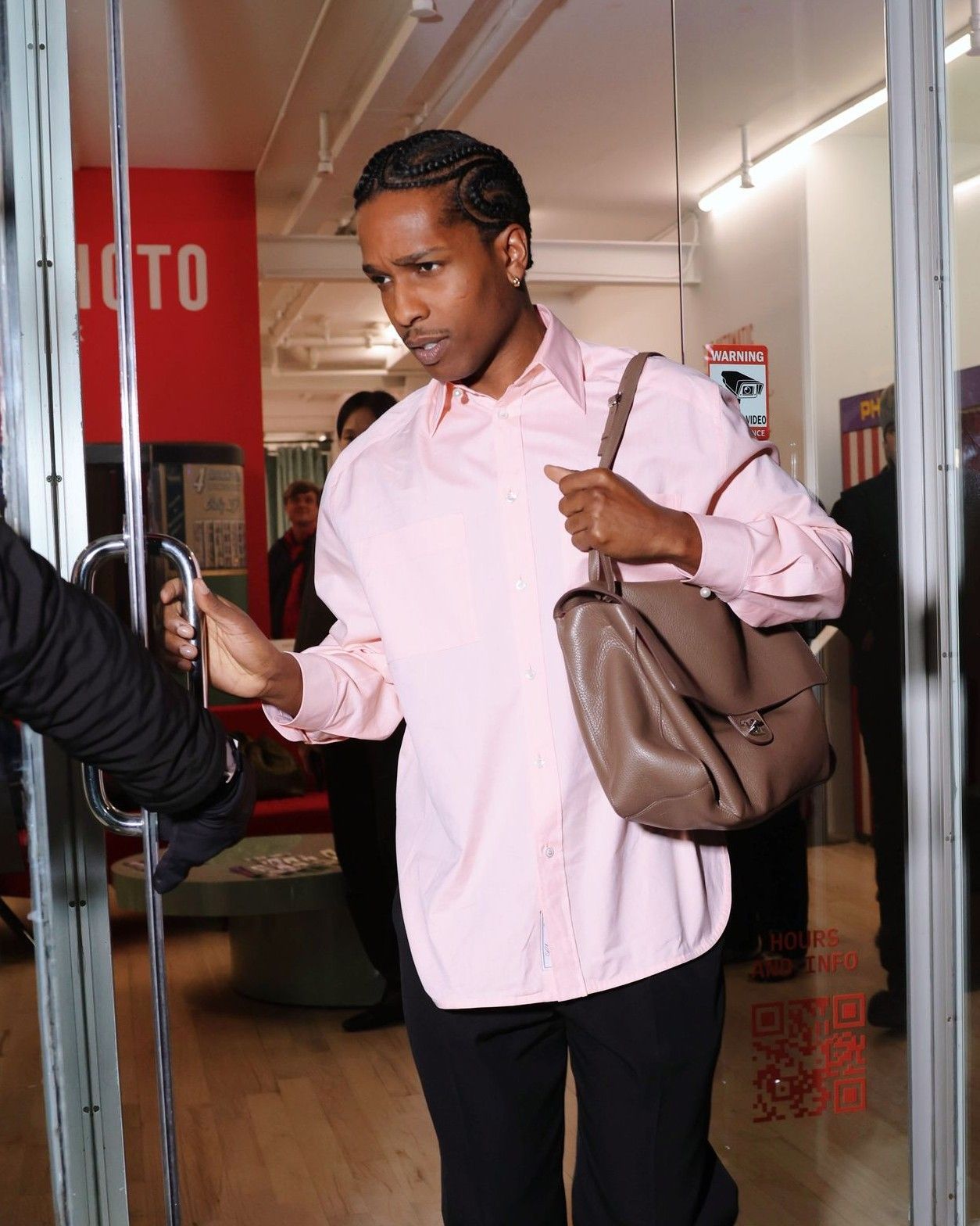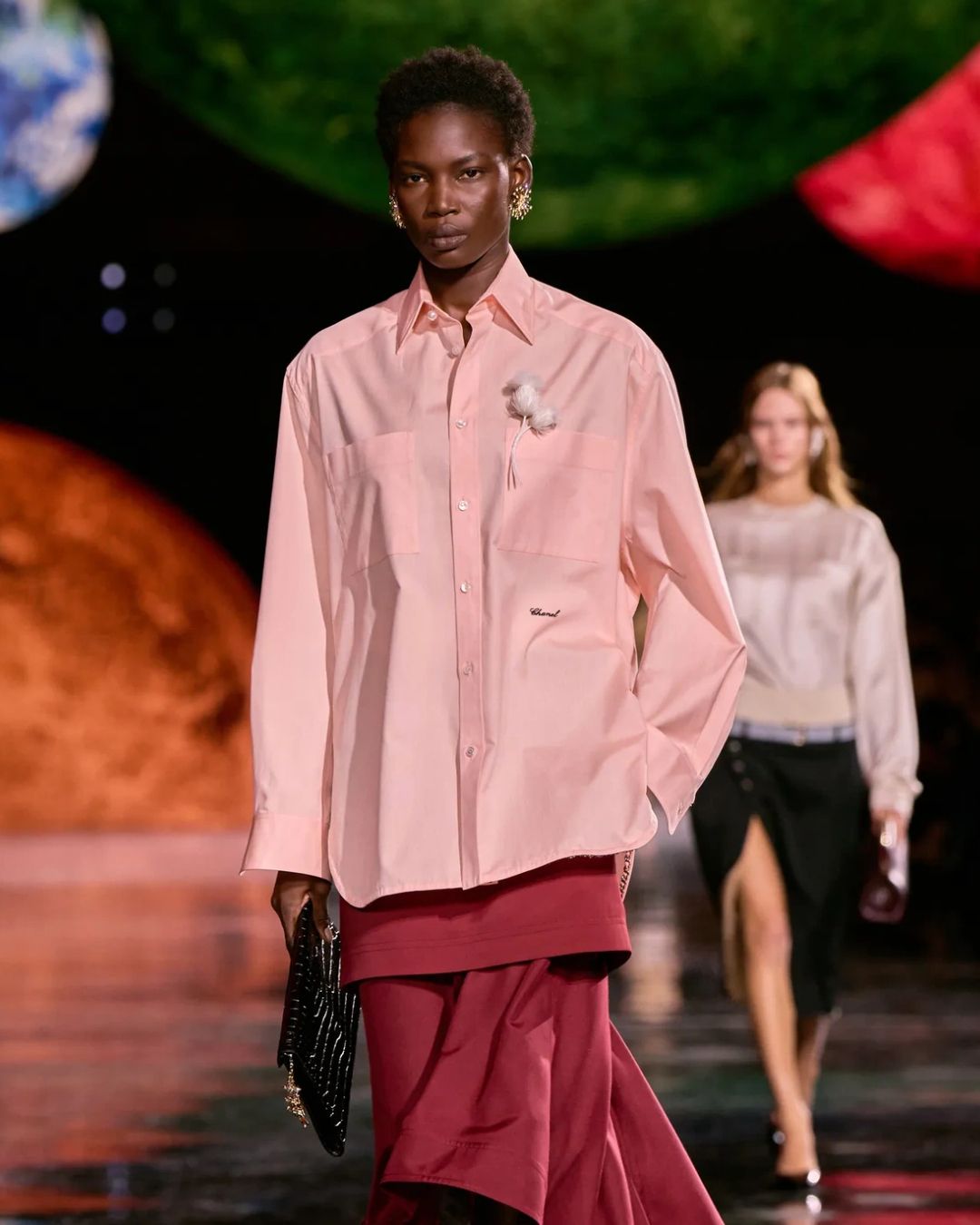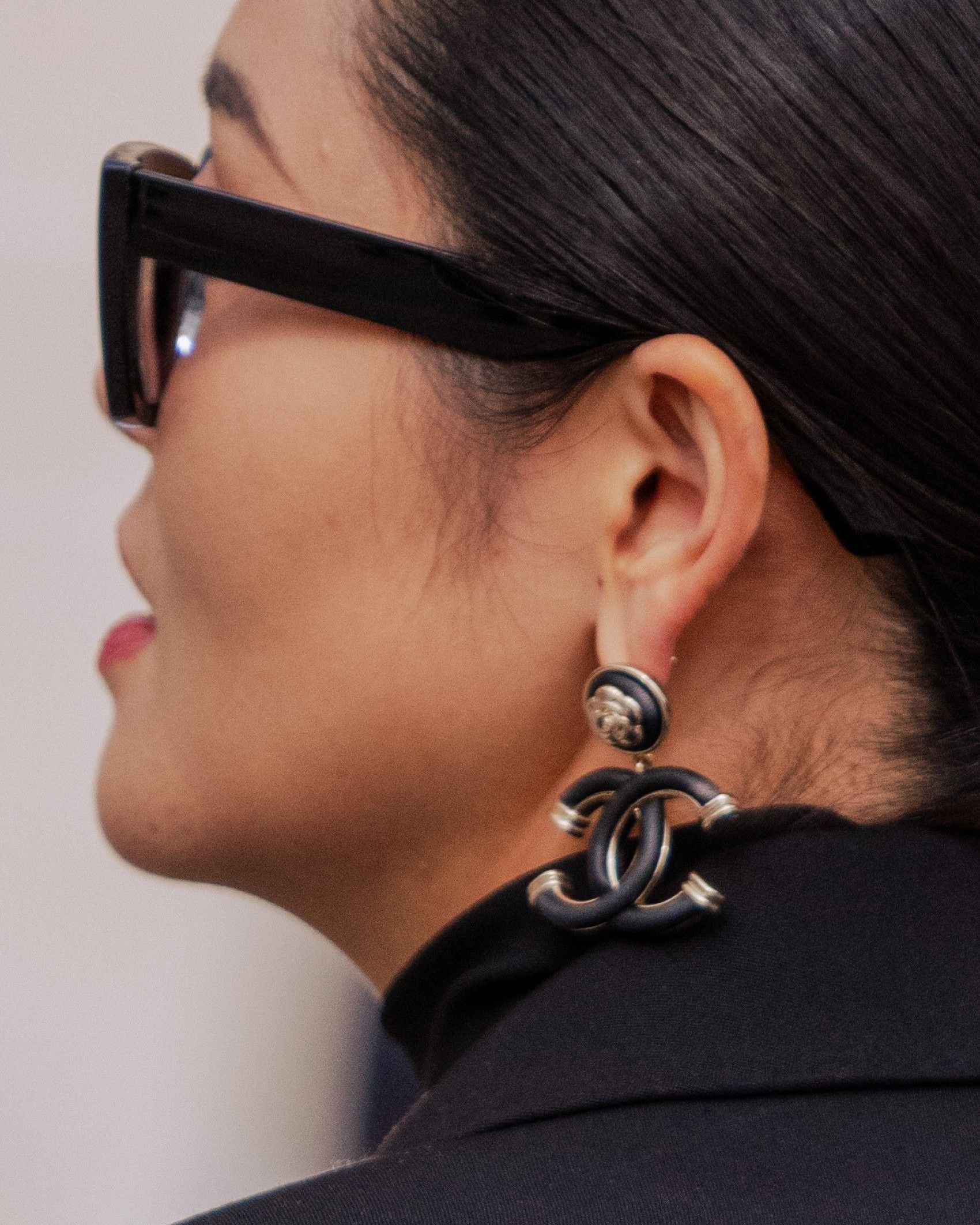
Chanel wants to turn its bags into the new Birkins A strategy that began last year with the price increases of its stock exchanges
UPDATE 09/10/2023: Chanel caused a stir in September by raising the prices of its high-end products in China and several other Asian countries such as Japan, Taiwan, Thailand, and Malaysia, but also in Australia. This move comes amid a slowdown in demand for luxury goods worldwide, which followed the post-pandemic boom. Chanel cited exchange rate fluctuations as a key factor behind these price adjustments, with increases ranging from 6 percent to 8 percent in several regions. According to a Chanel spokesperson, these price adjustments are not an isolated event, but part of a now routine practice for the brand that has, however, already attracted much criticism.
Exclusive luxury brands such as Chanel have historically enjoyed strong power over the pricing of their accessories. This means they can raise prices without necessarily losing customers. However, recent spending trends suggest that aspirational customers, those who buy entry-level products or otherwise buy on an occasional, non-constant basis, have become more price-conscious and more conscious of their investments. As a result, luxury brands must carefully balance price increases with maintaining their appeal, an issue, however, that only marginally affects Chanel whose clientele remains quite elite and who are not open to aspirational customers or "one timers".
Perché Chanel aumenta i suoi prezzi?
Chanel's Chief Financial Officer Philippe Blondiaux explained in an interview with Bloomberg that the brand's pricing strategy takes several factors into account. In addition to regular reviews, Chanel also considers input cost inflation when implementing price increases. This approach helps Chanel adapt to changing economic conditions and maintain its profitability. The post-pandemic economic slowdown, coupled with increasing difficulties in China's youth labor market, has had a significant impact on consumer confidence. This has weighed on the shares of luxury groups, including Richemont, owner of Cartier, and LVMH.
Chanel reviews its prices twice a year, in March and September-a strategy that allows the brand to remain competitive and aligned with market conditions. To illustrate the impact of these price adjustments, consider one of Chanel's iconic products: the Classic Flap Bag. In China, the bag now costs 80,500 yuan (about $11,030), while in France it sells for 9,700 euros (about $10,230). These discrepancies reflect not only exchange rate fluctuations, but also the broader global economic landscape that influences the pricing strategies of luxury brands.
***
During the entire course of the lockdown, but in reality already from the end of 2019, Chanel began to restructure its strategy in the bag and leather goods sector: at first increasing the price of its flagship handbags four times over the course of two years and then, last October, limiting the number of bags that can be purchased in a year to one for each individual customer. This policy in particular concerns the most famous bags of the brand, the Classic Flap Bag and the Coco Handle. A series of policies that, as Business of Fashion highlights, would leak a fairly aggressive strategy to grow the exclusivity of its products and rival Hermès' iconic bags, for example, both in terms of prices and scarcity. Also according to BoF, a Chanel Flap Bag in France costs about 7800 euros which would be only 100 euros less than what a Model of Hermès Birkin 30 costs.
To this policy is added that of artificial scarcity: if in some Asian markets customers can only buy one bag a year, in New York you can only buy one at a time and you have to wait two months to buy another that is a different model. Nevertheless, the same BoF article speaks of discrepancies in reports with several official and unofficial news coming from different parts of the world. Finally, everything is resolved in the creation of an artificial scarcity that aims to transform Chanel bags into a product similar to Birkin or Kelly, thus leaving the mainstream luxury sphere and entering the realm of ultra-luxury for the elites. The move would also target the secondhand market, where some Chanel bags sell at a mark-up higher than the selling price but where many others are sold at lower prices based on variation in models, rarity and demand. More than the European secondhand market, however, the limitation of sales would be relative to the Asian one where the practice of daigou, that is, people who buy in the name of other people, is widespread, reaching the point where individual customers buy large quantities of product only to then resell them at increased prices. According to Bertrand Peyrat, chief supply officer of Vestiaire Collective, however, «the secondary market evaluation for Chanel is not there yet».
Without wanting to go into financial details on the brand's revenue, it is clear that Chanel is trying to keep its brand equity high and if possible raised at a time when the entire luxury market is changing. Chanel, after all, despite being among the oldest and best-known fashion brands in the world, remains unique compared to the rest of the luxury industry while still remaining independent in an ecosystem populated by mega-conglomerates (but after all Chanel is an industrial group in its own right with operations at stake in cosmetics, in the production of hunting weapons, and in publishing) but above all refusing to sell their products through an e-commerce except for categories such as beauty and eyewear. A strategy that has certainly helped the brand to keep its equity intact, but that perhaps needs some recalibration that surely the new CEO, Leena Nair, will bring after long decades of tenure of Alain Wertheimer.










































